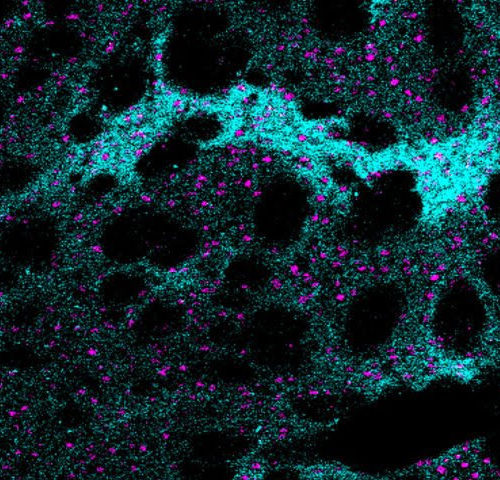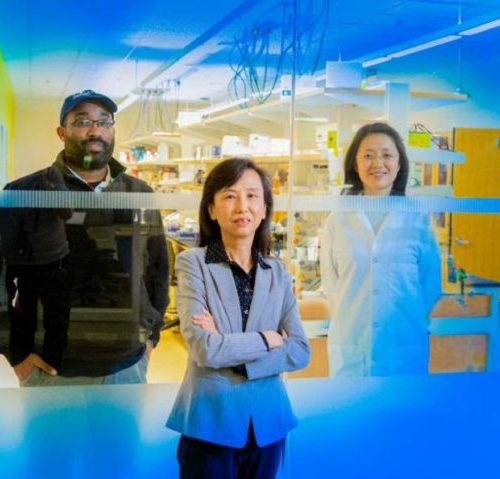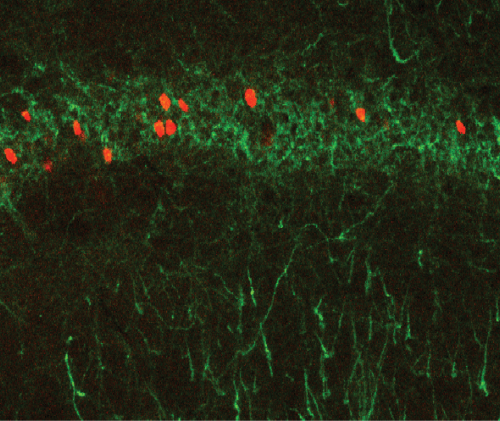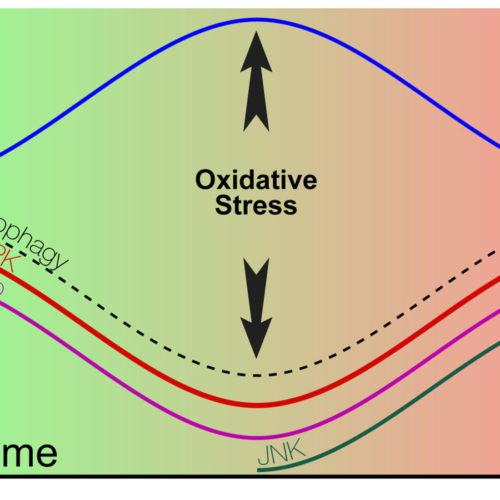BLUE CALIFORNIA IMAGE: A POTENT ANTIOXIDANT, ERGOTHIONEINE HELPS FIGHT OXIDATIVE STRESS AND CELLULAR IMBALANCE THAT CONTRIBUTE TO CELL DAMAGE ASSOCIATED WITH AGING AND SEVERAL HEALTH-RELATED ISSUES. CREDIT: BLUE CALIFORNIA Rancho Santa Margarita, Calif. (Dec. 10, 2020) — An in vitro study published in theJournal of Dietary Supplements, demonstrated Blue California’s ErgoActive® ergothioneine helped to preserve telomere...
Antiepileptic drug reduces motor neuron excitability in ALS
MASSACHUSETTS GENERAL HOSPITAL BOSTON – The antiepileptic drug ezogabine reduced pathologic excitability of cortical and spinal motor neuron cells that are early signs of clinical dysfunction in people with amyotrophic lateral sclerosis (ALS), according to a study conducted by the Neurological Clinical Research Institute of Massachusetts General Hospital (MGH). In addition to providing a clearer understanding of...
Microbubbles Deliver Drugs Directly to Tumors
DECEMBER 10TH, 2020 When fighting cancerous tumors, all too often the very drugs that can destroy a lesion tend to have significant negative effects on the rest of the body. Doses have to be maintained at moderate levels to avoid side-effects that are even worse than the disease. In light of this, researchers have been trying to...
One more clue to brain changes in Huntington’s disease
Huntington’s disease is a fatal inherited disorder that strikes most often in middle age with mood disturbances, uncontrollable limb movements, and cognitive decline. Years before symptom onset, brain imaging shows degeneration of the striatum, a brain region important for the rapid selection of behavioral actions. As the striatal neurons degenerate, their “identity” proteins, the building...
Study: Memory deficits resulting from epigenetic changes in Alzheimer’s disease can be reversed
Memory loss associated with Alzheimer’s disease (AD) may be able to be restored by inhibiting certain enzymes involved in abnormal gene transcription, according to a preclinical study by researchers at the University at Buffalo. The findings could pave the way toward new treatments for Alzheimer’s disease. The paper will be published in Science Advances. Image credit: University...
Making Memories
On a late summer day in 1953, a young man who would soon be known as patient H.M. underwent experimental surgery. In an attempt to treat his debilitating seizures, a surgeon removed portions of his brain, including part of a structure called the hippocampus. The seizures stopped. Unfortunately, for patient H.M., so too did time....
Electronic skin patches could restore lost sensation and detect disease
Picture this: You’ve experienced no physical sensation beyond your wrists for years, then a doctor drapes a thin, flexible membrane over your hand and, like magic, you can feel the trickle of water through your fingers again. Researchers in Europe are working on elastic membrane patches that mimic how the skin looks and feels and can...
DISEASES LIKE ALZHEIMER’S HAPPEN IN 2 PHASES
The researchers conducted countless experiments over more than a decade, and they’ve summarized all they’ve learned in a simple diagram they hope may change how doctors perceive and treat degenerative diseases as varied as Alzheimer’s, Parkinson’s, and muscle atrophy. The study in Molecular Psychiatry proposes that very different activities of protein signaling pathways that regulate basic cell functions mark...
Monocytic tRNA fragments play key role in poststroke immune reactions
Reviewed by Emily Henderson, B.Sc.,Dec 11 2020 Sebastian Lobentanzer of Goethe University, Frankfurt, has been studying small RNA dynamics in various contexts using bioinformatic methods. Recently, small RNAs have become more and more interesting for researchers, primarily because of their extensive regulatory functions. To examine these functions in stroke, Lobentanzer joined Katarzyna Winek of Hebrew University,...
Hit movie reveals how a tuberculosis drug halts ATP
Valerie Mizrahi & Clifton E. Barry III The 2017 Nobel Prize in Chemistry was awarded for the development of an imaging method called cryo-electron microscopy. On bestowing the prize, the Royal Swedish Academy of Sciences stated that this technique has “moved biochemistry into a new era”. Writing in Nature, Guo et al.1 provide a compelling glimpse into this new...








